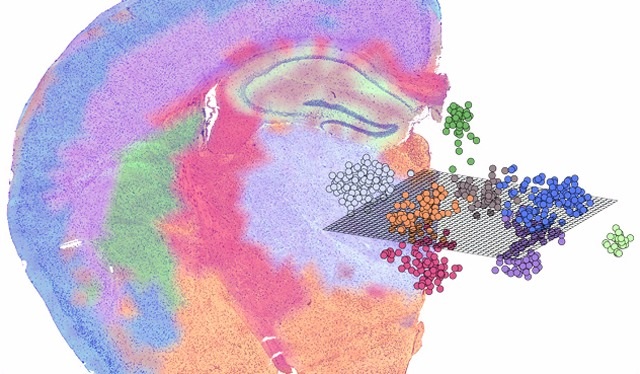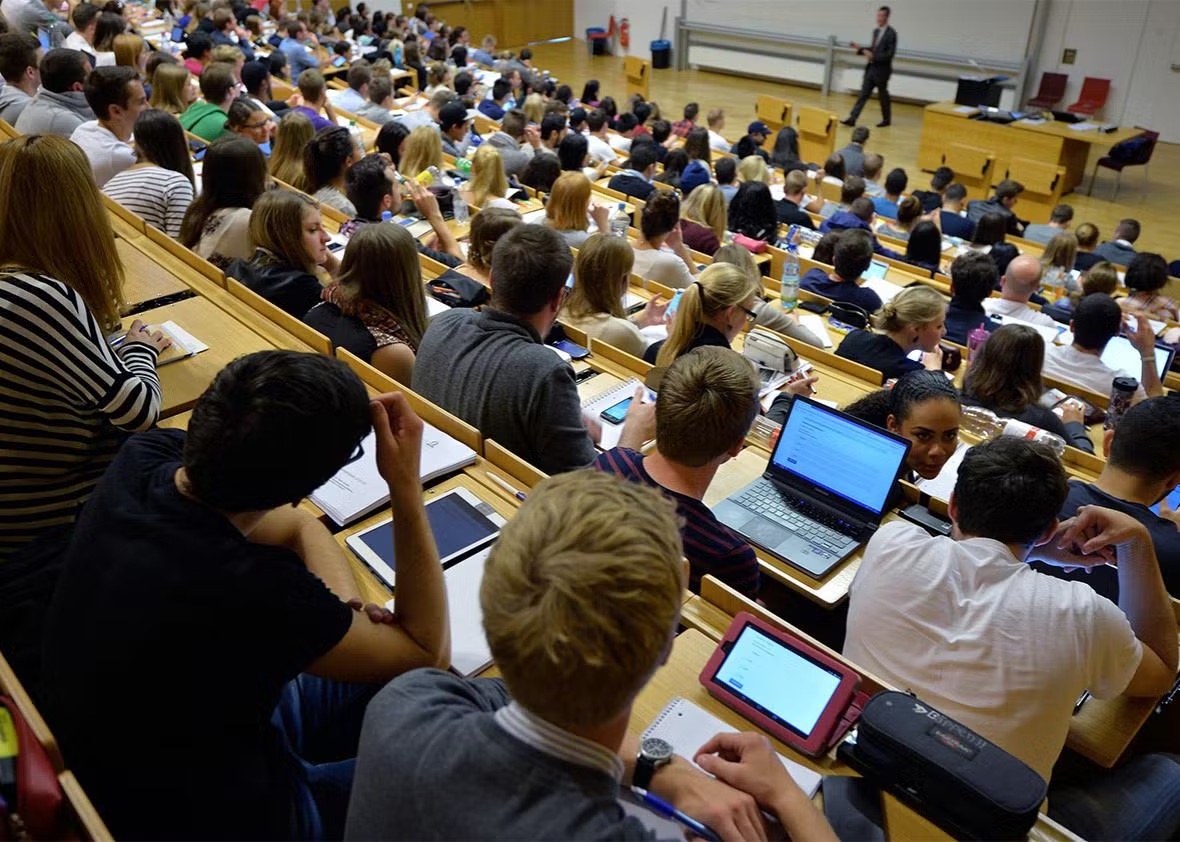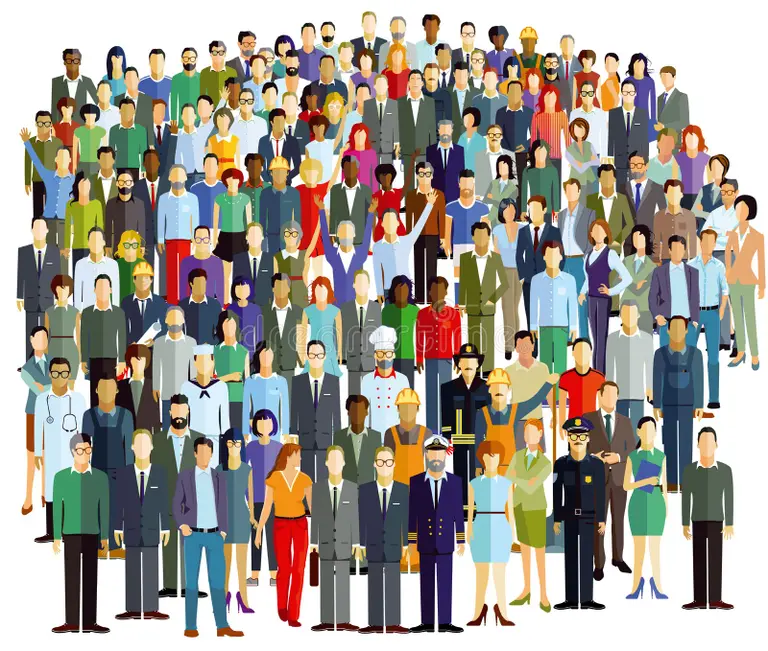About Me

Your Guiding Light, Lighthouse Beacon in Genetics, Biomedical Data Science and Cancer Biology.
Welcome to my website! I am a Computational Biologist and Graduate Research Student at California State University, East Bay and Stanford University School of Medicine.
Current affiliation
Daniel is currently Genetics graduate student at Stanford Medicine in the San Francisco Bay Area, CA
where he is working on his thesis project in the Department of Genetics and the Stanford Genome Technology Center (SGTC).
Previous experience
Before joining Stanford, Daniel was a Associate Fellow at Drexel College of Medicine in the Department of Microbiology and Immunology virtually in Philadelphia, PA, where he authored a peer-review publication on the host-pathogen interactions in dendritic cells and the host-virus-tumor interface. He also worked as a Research Assistant at the University of Florida College of Veterinary Medicine in the Department of Physiological Sciences in Gainesville, FL, where he worked on a project on the virophysics and computational structural predictions. He also worked as a Research Assistant at the University of Hawai'i at Mānoa in the John A. Burns School of Medicine in Honolulu, HI, where he worked on a project on the interleukin-17 production in CNS by infiltrating T cells and glial cells in the HIV-1-infected brain.
Quotes : “You are masters of your genetic activity” – Dr. Bruce Lipton
Education and early career
Daniel earned his B.S. in Cell and Molecular Biology from San Francisco State University where he gained a deep appreciation for cancer biology and genetics.
In my undergraduate research, I worked on a several wet and dry experiments in different labs immunohistochemistry and ELISA/LUMINEX project on HIV-1-asscioated neurocognitive disorders (HAND) feedback, feedforward loop of interleukin-6 and interleukin-17 production in CNS by infiltrating T cells and glial cells, he also assisted in BBB in vitro models and flourescent microscopy at the Department of Tropical Medicine, Medical Microbiology, and Pharmacology, University of Hawai'i at Mānoa in the John A. Burns School of Medicine in Honolulu, HI.
I also performed ex-vivo mouse heart surgery and cardiomyocyte metabolomics studies at the University of California, San Diego School of Medicine in La Jolla, CA. For the last two years, I've been doing computational cancer biology research in chemokines and cytokines in the Department of Biological Sciences, California State University, East Bay in Hayward, CA.
Hobbies and fun facts
When he is not in the lab, Daniel enjoys hiking, playings sports, listening music, watching MMA fights, and watching TV/movies. He is also a big fan of the performances and sports, professional MMA UFC, San Francisco 49ers and the Golden State Warriors.
Google Scholar
Research: Projects
Presentations: Talks
Research

Research Thesis Project: Leading a collaborative effort at Stanford University to map exercise-
induced exerkines across all organs using spatial transcriptomics, digital pathology, deep omics profiling and characterizing, single-cell data, and spatial analysis.
Integrate data from preclinical models and humans, analyze multi-omics datasets to collect, model, process, integrate exerkines across interorgan networks, cell/molecular networks and tissue organization.
Contribute to precision medicine by interpreting novel multiplex imaging and analysis in intra-organ communication via spatial tissue maps with proper image segmentation, cell annotation, clustering niches into community plots, communities, neighborships/neighborhoods, cell types/subtypes, and advancing single-cell and spatial omics technologies.
This will provide insights about how exerkines prevents, manages, and treats disease while predicting health outcomes (patient straitification, survivalability).
Research fields: Computational Biology and Systems Biology, Cancer Biology and Genetics, Digital Pathology
Major: Biological Sciences
Thesis Lab: Professor and Chair, Dr. Micahel P. Snyder
Stanford Genome Technology Center (SGTC)
Department of Genetics, Stanford University School of Medicine
Department of Biological Sciences, California State University, East Bay
Current Mission: Learn advanced spatial omics, multiplex image analysis, bioinformatics, computational biology,
integrative analysis, modeling, processing, and data integration in the GTEx, MoTrPAC, HuBMAP, and HTAN for the purpose of mapping exerkines to support
human health, resilence, disease prevention, and forecast patient prognosis/stratification.
I am constructing an organism-wide exerkine map from organ/tissue networks, cellular/molecular networks with ligand-receptor interactions, and find the
biomarkers of health/disease and molecular mechanisms of exercise in preclinial and human databases. I collect data from multiple databases including GTEx, HuBMAP, HTAN to model and process the big data, datasets, algorithms,
analyzing the multi-omics of rodents and humans and will map exerkines at transcriptome, proteins, and metabolites. These exerkines are to be represented across all organs while keeping
focused on the endurance exercise training in rodents and correlated human spatial single-cell architectural multiomics maps.
In this way, it'll contribute to the missions of these consortiums, programs, projects, the building of atlases, and molecular map of exercise where we can understand how exercise and physical
activity improves human health.
Fundamentals of Data Science in Precision Medicine and Cloud Computing
(Certificate) |
Stanford Deep Data Research Center | Stanford Data Ocean
Stanford Medicine | Department of Genetics
Project III: Virophysics (Computational Structural Predictions) and Organelle Structural
Biology
Institutions: SLAC National Accelerator Laboratory, Stanford University, California State
University, East Bay
Theme: This research project focuses on exploring the field of virophysics with an emphasis
on computational structural predictions. Additionally, the project delves into organelle structural
biology to understand the intricate architecture of cellular components and its implications in
various physiological processes.
Summary: The project involves the application of computational methods to predict the
structural dynamics of viral components, contributing to the field of virophysics. Simultaneously,
the investigation into organelle structural biology aims to unravel the complexities of cellular
structures and their roles in health and disease. The project integrates experimental and
computational approaches to advance our understanding of virus-host interactions and cellular
architecture.
Publications
- Gómez DJ*. (2023) 'Untangling the Microscopic World of Organelles, Cells, Tissues, and
Organs: A Focus on the Dysfunctional Golgi Apparatus in Disease Research †'. Biology
and Life Sciences Forum.
- Gómez DJ*. (2022) 'Unraveling the Structural Dynamics of Human Pegivirus-1
RNA-Dependent RNA Polymerase Using Computational Methods'. ResearchGate.
- Gómez D*. (2022) 'Pioneering Organelle Structural
Biology: Golgi Apparatus Dysfunction in Parkinson’s Disease, Neurodevelopmental Disorders,
and Cancer'. Preprints. 2022100383.
Project II: Coinfections and Cancer: Host-Pathogen Interactions in Dendritic Cells and the
Host-Virus-Tumor Interface
Institutions: Drexel University School of Medicine, California State University, East Bay
Theme: This research project focuses on investigating the mechanisms of host-pathogen
interactions in the context of disease development. The project involves both experimental and
computational methods to illustrate the molecular and cellular basis of disease pathogenesis.
Summary: The research project encompasses several posters and publications that highlight
different aspects of host-pathogen interactions and organelle dysfunction in disease research. The
posters presented at the Microbiology Student Group Symposium and the AACR-JCA Joint Conference
focus on co-infection and cancer, specifically the role of viral oncogenesis in liver, blood, and
brain cancer by host-pathogen interactions.
The publications delve into the co-infection and cancer in dendritic cells as well as other
oncogenic viruses.
The project aims to advance our understanding of the coinfection and cancer mechanisms underlying
their disease development and to identify potential targets for therapeutic intervention.
Posters
- Gómez DJ* . 22nd Microbiology
Student Group Symposium Poster / Poster
presentation at 22nd Annual Microbiology Student Symposium in Krutch Theater at Clark Kerr UC
Berkeley Campus (2023, In-person)
- Gómez DJ, Mulherkar T, Sandel G, Jain P.* "Co-infection and cancer: Viral oncogenesis in humans result in liver,
blood, and brain cancer by host-pathogen interactions" Poster presentation at 12th
Annual AACR-JCA Joint Conference. (2022, Virtual)
Publications
- Gómez DJ+, Mulherkar T+, Sandel G, and Jain P*. (2022) 'Co-Infection and Cancer:
Host–Pathogen Interaction between Dendritic Cells and HIV-1, HTLV-1, and Other Oncogenic
Viruses'. Viruses.
Project I: Undergraduate Research Opportunities Program (UROP)
Institutions: John A. Burns School of Medicine, University of Hawai'i at Mānoa
Title: Interleukin-17 Production in CNS by Infiltrating T Cells and Glial Cells in the
HIV-1-Infected Brain
Summary: Despite effective combined anti-retroviral therapy (cART) for HIV-1-infected
individuals, neurocognitive complications persist in patients, leading to negative impacts on daily
functioning. The central nervous system (CNS) is affected in multiple ways during HIV infection, as
HIV-infected cells cross the blood-brain-barrier (BBB) and initiate events causing CNS damage and
neurocognitive problems. This study aims to investigate the role of interleukin-17 (IL-17) in
HIV-associated neurocognitive disorders (HAND), as IL-17 can disrupt the BBB. The researchers will
analyze brain specimens and cerebrospinal fluid (CSF) samples from HAND patients with HIV
encephalitis (HIVE) and compare them to samples from HIV-infected individuals with normal cognition
(NC). The hypothesis is that IL-17A will be found in subcortical structures, specifically in the
medium-spiny neurons of the basal ganglia and interneurons in the hippocampus, and that astrocytic
secretion of the TH17 cell chemokine (CCL20) and cytokine (IL-17) will be detected in CSF samples of
HAND patients with HIVE.
Proposal
- Gómez DJ*, Shiramizu, B. (2013) 'IL-17 in HIV-1-Infected
CNS'. 28 Mar. 2013. JABSOM, UH Mānoa, Honolulu, HI. TRMD499: Directed Research and
Reading.
Volunteer Researching
[Summer 2022 - Present] Virtual Volunteer Associate Fellow, Microbiology & Immunology, Drexel
College of Medicine
[Fall 2020] Research Assistant, Physiological Sciences, UF College of Veterinary Medicine
[Spring 2014] Research Assistant, Anesthesia, UC San Diego School of Medicine
Presentations

Presentations and Talks
Gene Editing, Therapy & Genome Engineering
Computational Biology + Molecular Biology
Listen to my podcast episodes on Spotify:
Hallmarks of Cancer: The New Dimension (Review)
Structural Biology
Cancer Neuroscience & Tumor Virology
Contact
Email:
[email protected]
Address:
3165 Porter Dr, Stanford, CA 94304



